
In the first five months of the year, Vietnam remained the Philippines' largest rice export partner with 1.44 million tons, accounting for 72.9% of the Philippines' total rice imports.

Loading rice for export through Saigon port. Photo: Dinh Hue/VNA
The Vietnam Trade Office in the Philippines said that rice import and export activities between Vietnam and the Philippines in the coming time will basically remain stable and will not be affected much until the Philippine Government completes its apparatus, builds a network and operating mechanism of the National Food Authority of the Philippines (NFA) to be able to directly and effectively intervene in the rice market. At the same time, the amendment of Law No. 11203 will not immediately have a major impact on Vietnam's rice import and export activities with the Philippines.
According to the Vietnam Trade Office in the Philippines, since the beginning of 2023, due to many reasons, many essential commodities in the Philippines have tended to increase in price; of which, rice is the commodity with the highest price increase. In the first quarter of 2024 alone, the price increase of rice was about 24.4%, significantly affecting the inflation rate of the Philippines in this quarter. In that context, the Philippine Government has applied price ceiling measures to control the increase in rice prices but has not been as successful as expected. Therefore, the Philippine Government has urged the Research Institute to amend Law No. 11203 on the liberalization of import-export and trade in rice to restore the National Food Authority of the Philippines' power to directly intervene to regulate and stabilize the market.
Since the beginning of 2023, especially after the Indian Government issued a ban on the export of non-basmati (white) rice in July 2023, the world food market has been unstable, leading to an increase in food prices, especially rice in the Philippines, directly affecting the lives of many people, especially the poor.
To control rice prices, on August 31, 2023, President Ferdinand R. Marcos, Jr., issued Executive Order No. 392, which mandated a ceiling on the retail price of rice in the market. However, since its implementation, Executive Order No. 392 has proven to be ineffective and has not yielded the expected results. Therefore, the solution of returning the NFA to its previous role by restoring its authority to import rice and regulate the retail trade of rice would reverse all the beneficial reforms in the rice policy framework that Law No. 11203 had achieved. The short-term impact of adverse external events on the rice market is not related to the provisions of Law No. 11203 or the established legal framework.
Although the revised bill has not been officially passed, the Trade Office believes that the amendment to Law No. 11203 will have an impact on rice trade between the two countries. Specifically: The amendment to the Law in the direction of restoring authority to the NFA to directly participate in regulating and stabilizing the rice market. In theory, it is possible to create positive changes in the direction of reducing rice prices in the Philippine market in the coming time. However, in reality, it will be very difficult for this to achieve the expected results, because the NFA must build a system of human resources and facilities for participation in the rice supply chain in all localities across the country, which the NFA cannot do in a short time.
In addition, NFA's participation in market stabilization is currently limited to price fluctuations or emergencies under the direction of the Minister of Agriculture , so it is unlikely to have an immediate impact on the rice market in general. In addition, NFA's stabilization mainly targets the market for medium and low-quality rice products, serving the majority of poor or low-income people, so it does not have much impact on the high-end rice market.
Statistics show that in the first 5 months of the year, Vietnam is still the largest rice exporting partner of the Philippines with 1.44 million tons, accounting for 72.9% of the total rice imported by the Philippines. Citing information from the Bureau of Plant Industry - Ministry of Agriculture of the Philippines, the Vietnam Trade Office in this market said that the Philippines' rice imports reached nearly 2 million tons in the first 5 months of 2024, much higher than the same period in 2023. Specifically, from the beginning of 2024 to May 23, 2024, the total amount of rice imported by the Philippines increased by 20.3% compared to the first 5 months of 2023, reaching 1.97 million tons, much higher than the import level of 1.64 million tons in the first 5 months of 2023.
Also in the first 5 months of the year, the Plant Department issued 4,066 rice import clearance licenses to importing enterprises. Regarding rice trade cooperation with Vietnam, in the first 5 months of the year, Vietnam is still the largest rice export partner of the Philippines with 1.44 million tons, accounting for 72.9% of the total rice imported by the Philippines. Thailand ranked second with 300,227 tons of rice exported to the Philippines, followed by Pakistan with 144,834 tons, and Myanmar with 65,080 tons. The rest was imported from India, China, Japan, Cambodia, Italy and Spain.
In 2023, the Philippines' total rice imports will reach 3.6 million tons, down 5.9% from the record 3.82 million tons in 2022. In 2024, the Philippines' total rice imports are expected to reach about 4 million tons. According to some businesses, the Philippine market is quite fond of Vietnamese DT8 and 5451 rice varieties due to their soft texture. Currently, Vietnamese rice dominates the Metro Manila area and the southern provinces because Vietnamese rice tastes good and has reasonable prices.
Mr. Phung Van Thanh - Trade Counselor of the Vietnam Trade Office in the Philippines market said that Vietnamese rice has moderate quality, suitable for the tastes and consumption habits and meets the diverse needs of the Filipino people, from the large number of middle and low income population to the wealthy class, affordable prices so it is competitive. Not only that, the supply of Vietnamese rice is stable in both quantity and price, can meet the annual import demand of the Philippines. The geographical distance is close so the cost is low and convenient in transportation.
In addition, Vietnamese rice also takes advantage of bilateral and multilateral trade agreements that both sides participate in, such as the ASEAN Trade in Goods Agreement (ATIGA); Regional Comprehensive Economic Partnership Agreement (RCEP)... while the Philippines' non-ASEAN partners (such as India and Pakistan) do not have them.
In order to sustainably export Vietnamese rice to the Philippine market, Mr. Phung Van Thanh recommends that domestic rice exporting enterprises, in addition to approaching new markets, must always pay attention to maintaining Vietnam's No. 1 position in rice exports in the Philippine market. Because currently, Thailand is also looking for ways to increase output and market share of rice exports to the Philippines and compete with Vietnamese rice.
On the other hand, Vietnamese rice exporting enterprises need to continue to coordinate well with the Ministry of Industry and Trade, the Embassy and the Trade Office of Vietnam in the Philippines to implement programs to promote, propagate and advertise Vietnamese rice products. Continue to maintain and ensure stable rice quality, constantly improve the quality of exported rice products, thereby contributing to increasing the export value of Vietnam's rice products to the Philippine market.
Mr. Phung Van Thanh also noted that businesses need to diversify their rice export products, not only focusing too much on high-quality rice products serving high-income people, but also need to exploit the potential of medium- and lower-quality rice to serve a large number of people with middle and low incomes.
According to Baotintuc.vn
Source






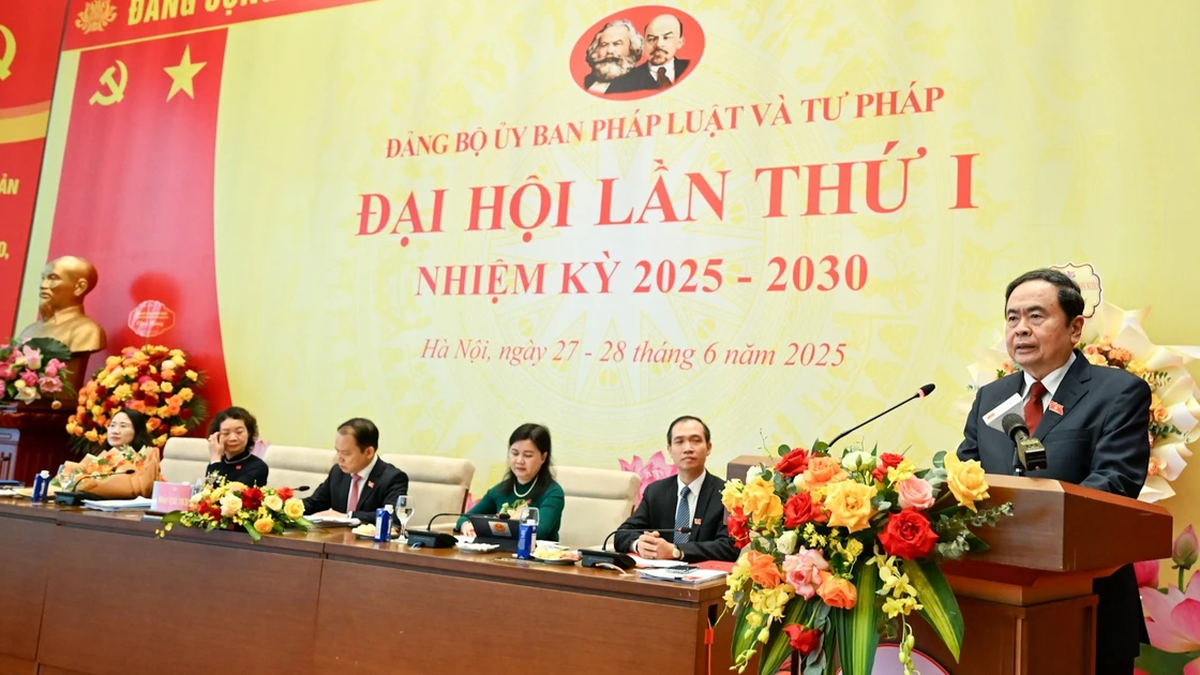

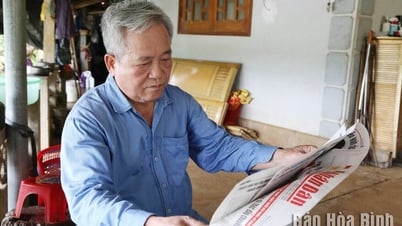

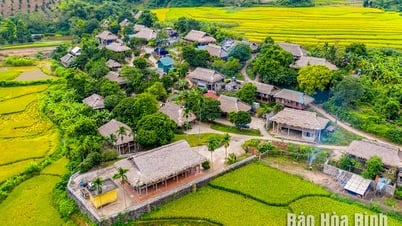


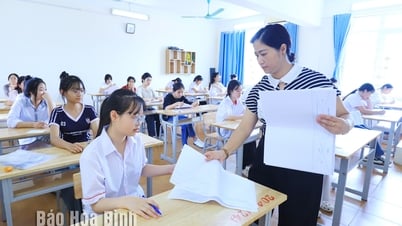









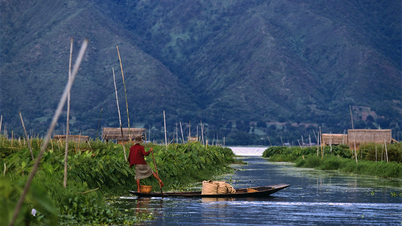


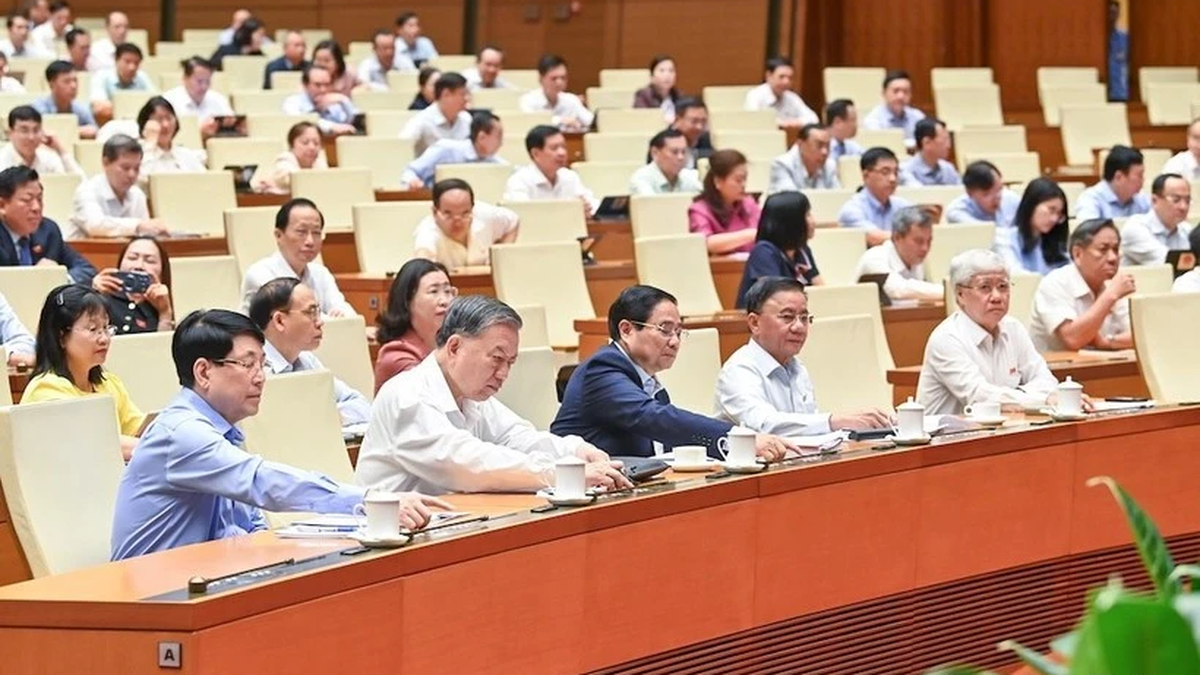


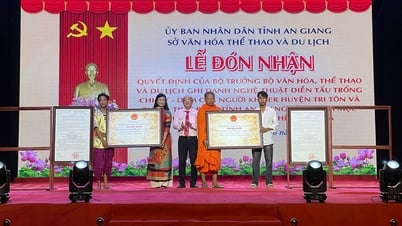



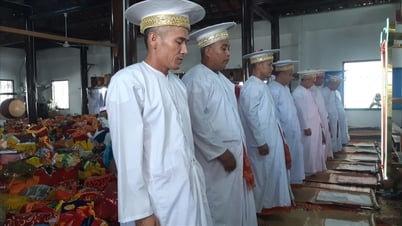

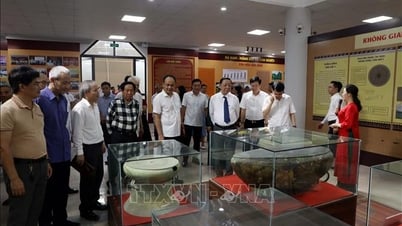





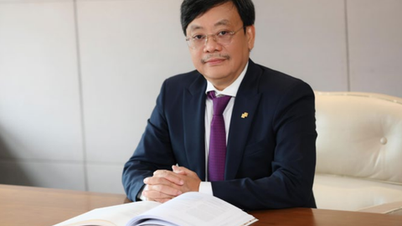





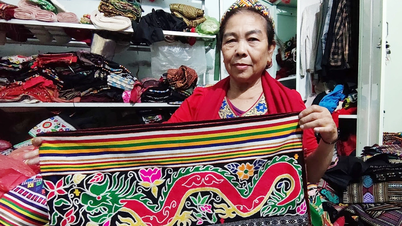







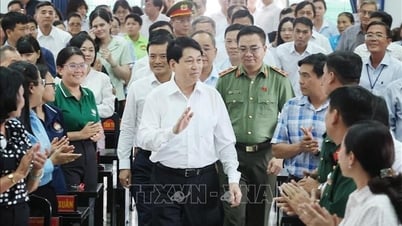
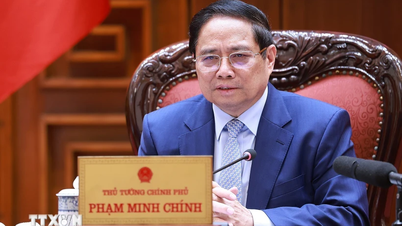


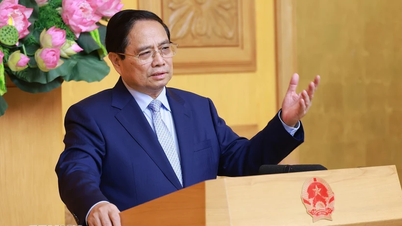




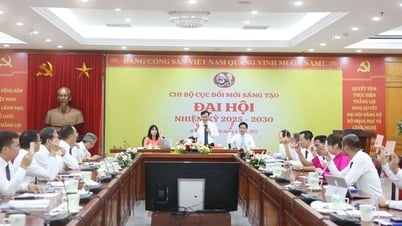
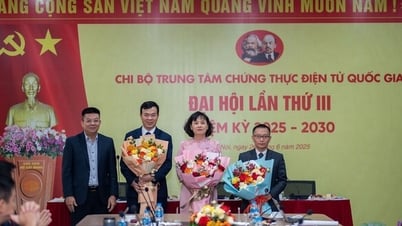



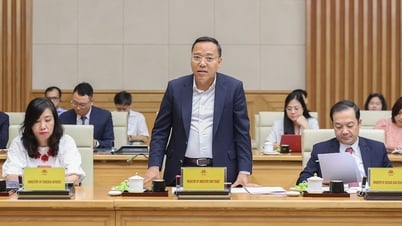
























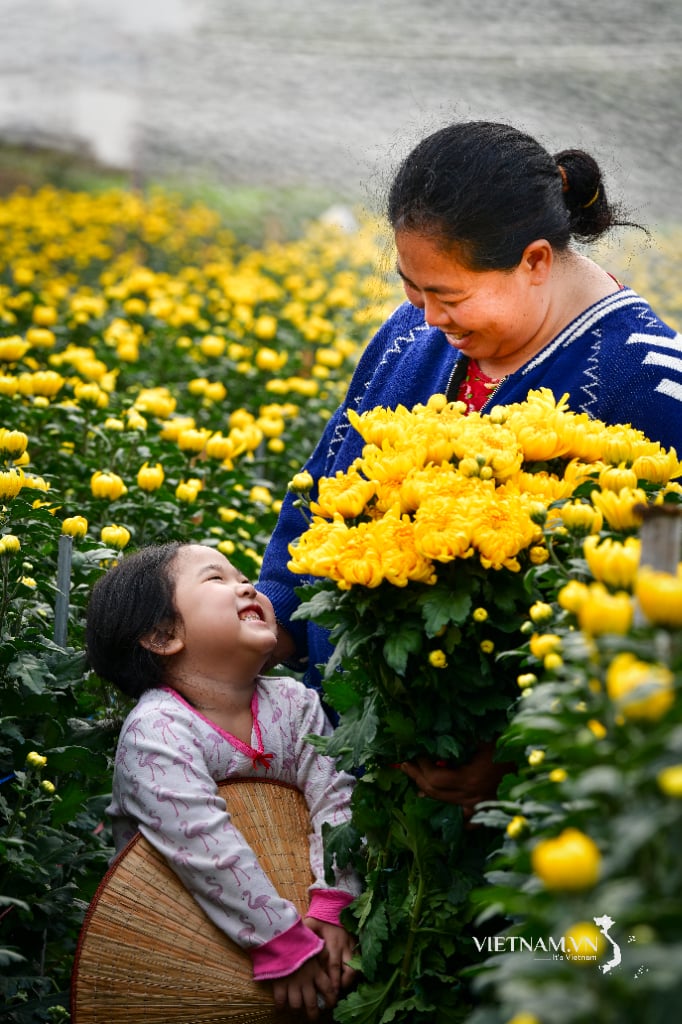
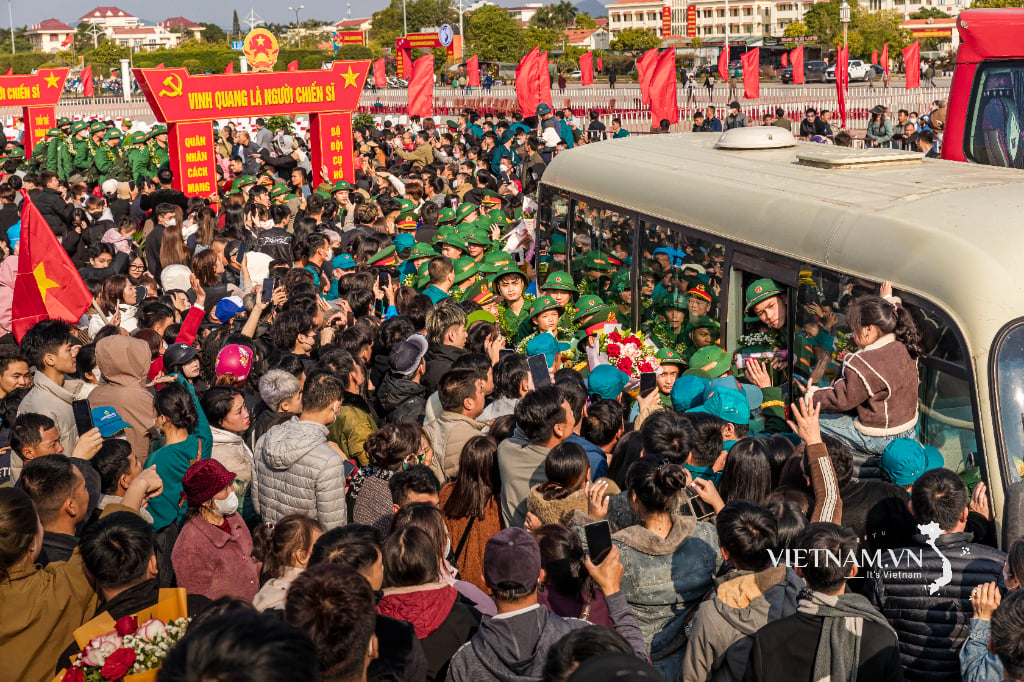
Comment (0)